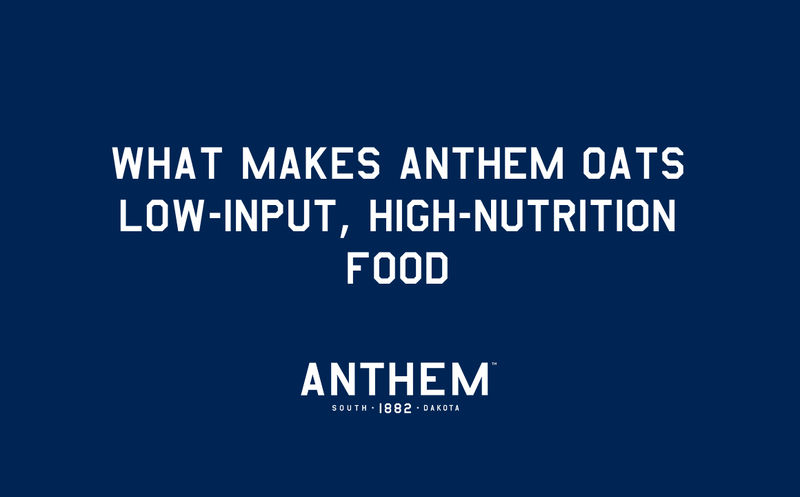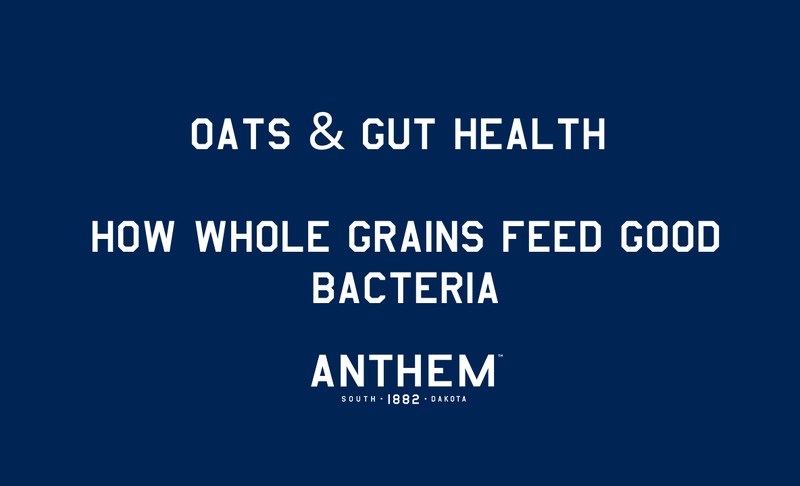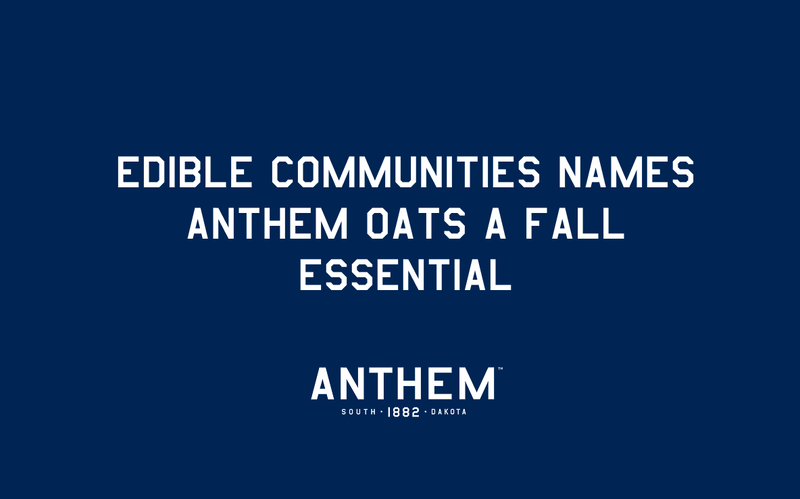
When you walk down a grocery aisle, most grains look the same. But how they’re grown, cared for, and brought to market tells a very different story. At Anthem Oats, we’ve spent five generations learning how to grow food that’s both low-input, requiring fewer resources, and high-nutrition, offering more of what your body needs.
This approach doesn’t just make sense for our farm. It makes sense for the soil, the environment, and for anyone who wants their food to work harder for their health.
What “Low-Input” Really Means
Low-input farming is about growing food with fewer outside resources, things like synthetic fertilizers, pesticides, and excessive irrigation. Instead, it focuses on natural cycles and practices that keep the soil fertile and resilient.
On our farm, this looks like:
-
Crop Rotation: Rotating oats with other crops that naturally replenish nutrients.
-
Soil Health First: Using cover crops and organic matter to enrich the soil without heavy chemical use.
-
Water Efficiency: Oats already need less water than many other grains, making them a smart choice for both farmers and the planet.
The result is a system that works with the land instead of against it. Less reliance on inputs means fewer costs, fewer chemicals in the environment, and a more balanced farm ecosystem.
High-Nutrition by Nature
Low-input doesn’t mean low quality. In fact, it’s the opposite. By growing oats in healthy, balanced soil, the nutrients remain intact and bioavailable.
Oats are naturally rich in:
-
Beta-Glucan Fiber: Known for supporting heart health, lowering cholesterol, and feeding good gut bacteria.
-
Protein: Oats contain more protein than most grains, making them a strong plant-based option.
-
Micronutrients: Including magnesium, manganese, phosphorus, and B vitamins, all vital for energy and cellular function.
-
Antioxidants: Avenanthramides, unique to oats, which help reduce inflammation.
Because our oats are minimally processed, lightly milled, never over-treated, they retain these nutrients in their most natural state. That’s what makes Anthem Oats high-nutrition food, straight from the field.
The Balance of Efficiency and Integrity
The key to producing low-input, high-nutrition food is balance. Efficiency alone can cut corners, leading to lower quality crops. Nutrition alone, without sustainable practices, can put too much strain on the land.
For us, the two go hand in hand. When the soil is cared for, oats grow strong with less intervention. When oats grow in balanced soil, they produce more of the nutrients your body thrives on.
This is why we call our farming philosophy soil-to-bowl integrity. It’s a system where efficiency supports nutrition, and nutrition reinforces efficiency.
Why It Matters for the Future
The world doesn’t just need more food, it needs better food grown in smarter ways. Climate shifts, water scarcity, and soil depletion all demand solutions that don’t sacrifice nutrition for yield.
Low-input farming provides that path. Oats, as one of the most resource-efficient grains, are a model for how food can be both sustainable and nourishing. And when grown with care, they become a powerful reminder that simple choices, like the oats in your breakfast, can support long-term wellness for both people and planet.
A Different Kind of Value
At Anthem Oats, we don’t believe food should be cheap calories stripped of nutrition, or luxury ingredients out of reach. We believe in food that honors both the eater and the earth: grown with fewer inputs, delivering more nourishment.
That’s the value in every bag of Anthem Oats. Not just a staple grain, but a food that carries forward five generations of knowledge, proof that when you respect the land, it gives back more than enough.


